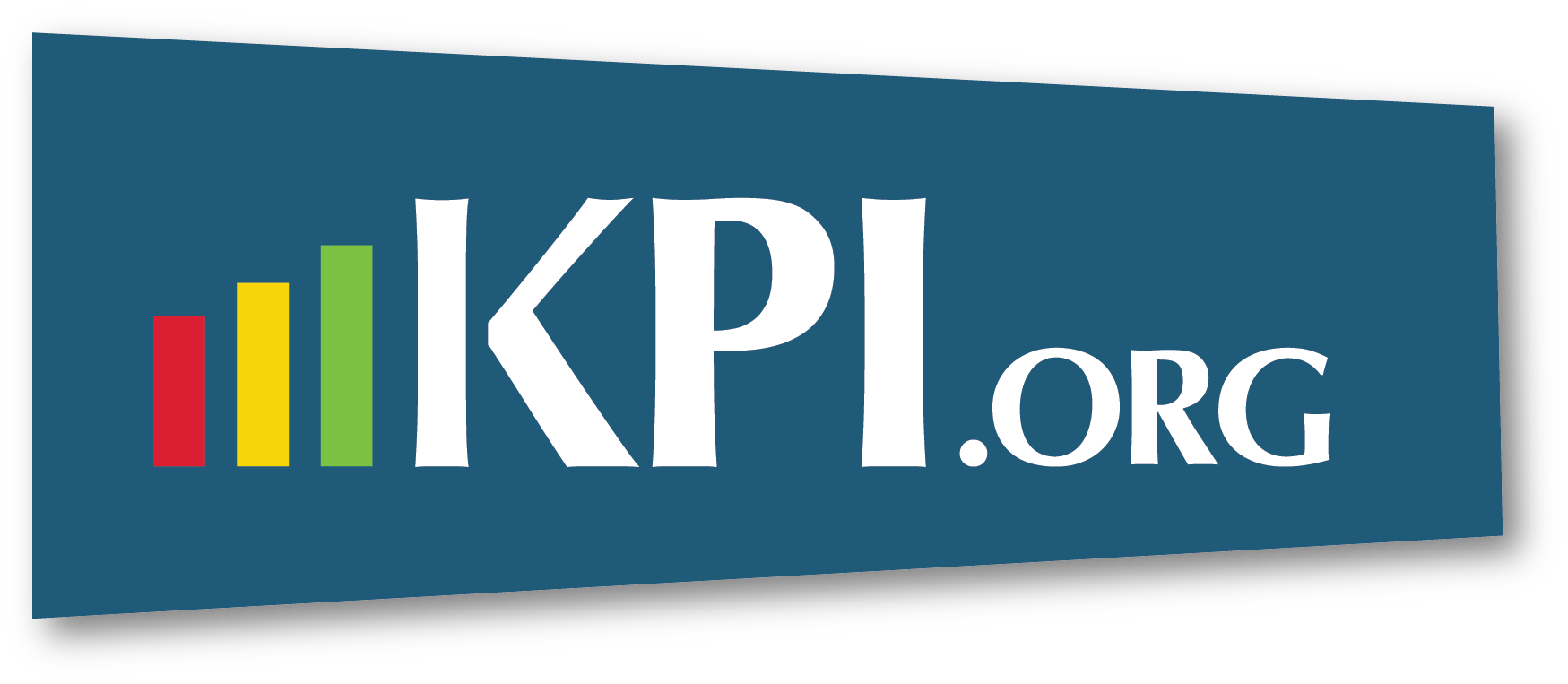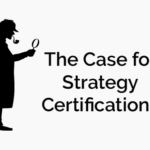 The last two years have presented considerable challenges and disruptions to almost all types of organizations. Many businesses and organizations have not survived. Many governments struggle to provide constituents with expected levels of service. It seems almost everyone is hiring, but the applicant pool is insufficient to meet current staffing needs.
The last two years have presented considerable challenges and disruptions to almost all types of organizations. Many businesses and organizations have not survived. Many governments struggle to provide constituents with expected levels of service. It seems almost everyone is hiring, but the applicant pool is insufficient to meet current staffing needs.
Since the beginning of the COVID-19 pandemic:
- 7 million business establishments saw a decrease in demand for products and services, with devastating slowdowns in key industries such as air transportation, accommodation/food services, mining, quarrying, and oil and gas extraction
- 6 million establishments experienced a government-mandated closure
- 1 million established businesses experienced a shortage of supplies
- About 1 million faced logistical issues in moving or shipping goods
- Almost 1 million reduced employees’ salaries and wages
- 14% of business establishments (employing approximately 35.4 million employees) increased the amount of paid sick leave to employees
- Business establishments employing approximately 68.6 million employees increased telework offered to employees.
- 62% of establishments employing 74.2 million workers received a loan or grant tied to COVID-19
These statistics just scratch the surface and a multitude more can be found on the US Bureau of Labor Statistics website as well as multiple other sources on the web.
The point is that the pandemic has impacted almost every organization in the world. And many organizations did not have a system enabling them to be responsive to changes in their strategic environment.
Having a formal approach to strategy management can help organizations adapt to change. The Balanced Scorecard Institute (BSI) and its experiences since the beginning of COVID-19 is a good teaching example. Almost overnight, performance measures related to the Increase Revenue, Increase Customers, and Improve Products and Services objectives dropped to levels not seen in decades. Existing Initiatives related to expanding into new vertical markets needed to be quickly replaced with new ones focusing on our objective Improve Use of Tools and Technology.
BSI has two primary lines of business: Consulting and Training. Prior to COVID-19, neither business line had incorporated extensive use of virtual facilitation, as we believed that personal interaction with expert consultants was a key element of our success. While we had experimented with virtual services and had delivered webinars online for years, none of the virtual platforms and tools had been conducive to providing the same quality experience as a hands-on, in-person engagement.
When COVID struck, everything had to change for BSI to survive. We had to quickly figure out how to deliver training and consulting services in such a way to provide our students and clients with an experience that mirrored our in-person, onsite consulting, and training engagements. We quickly embarked on an exploration of available communication platforms and interactive white board applications. After weeks of research and demos, we settled on utilizing Zoom (https://zoom.us/) as our primary platform for virtual communication and on an interactive white board called Miro (https://miro.com). As a backup, we selected the MS Teams tool we used internally. We selected DigitalChalk for an LMS system to compliment our CVENT registration system.
Then we had to recreate the interactive nature of our live offerings online, which meant we had to:
- Design exercise templates in Miro for all course offerings and consulting work
- Train instructors, staff, and partners in utilizing all platforms (Miro, Zoom, MS Teams, Digital Chalk, CVENT)
- Convert all course materials to downloadable documents
- Manage the administration of all courses and offerings in multiple tools
- Redesign our website and marketing materials for Virtual offerings and registration
- Announce the changes and convince our customers and partners that we can all make this transition together
Within a few weeks of 12 – 14-hour days (all hands-on deck, now working from home) we were ready to ramp our services back up. Was it perfect? Nope! Our first day of class apparently coincided with a lot of other organizations and schools who had also decided on the Zoom platform, and the entire east coast of the US crashed at the beginning of our class. We quickly contacted all our students and went to our MS Teams backup and continued. A lot of success we experienced in the last two years was due to our flexibility and ability to quickly assess our situation and react quickly and decisively to glitches, technical issues, periodic internet outages and more. Our team became flexible in their approaches and techniques to deliver a quality virtual experience very similar to our classrooms. We found there were definite benefits, such as our ability to consult with clients around the globe on a more intermittent, iterative basis and still have dinner with our families and avoid travel expenses. While we still are not quite reaching our pre-COVID performance targets, we have managed to keep everyone employed and have gotten better at our trade.
We learned many lessons from our training courses that we could apply to our consulting engagements and helped clients manage their own strategy. Flexibility, adaptability and meeting the needs of your customers is what it is all about. Our strategic objectives didn’t change, though our Initiatives, processes and approach to execution did.
Many critics of the Balanced Scorecard process argue it is too bulky and inflexible to utilize in times where adaptability is critical. I would argue it isn’t the framework, but the organization’s culture, leadership and bureaucracy that hinders flexibility. It’s easy to blame a framework or process when something doesn’t work when in actuality it is often the “people factor”. Are your employees truly engaged in assisting your organization achieve its strategy? Do they even know what that strategy is? If not, then how can they be expected to understand how what they do daily impacts that strategy?
Contact us directly to know more about the Balanced Scorecard and BSI’s virtual services
Terry is Balanced Scorecard Institute's Director of Training and Senior Associate with over 30 years of experience working in both the private and public sectors.







